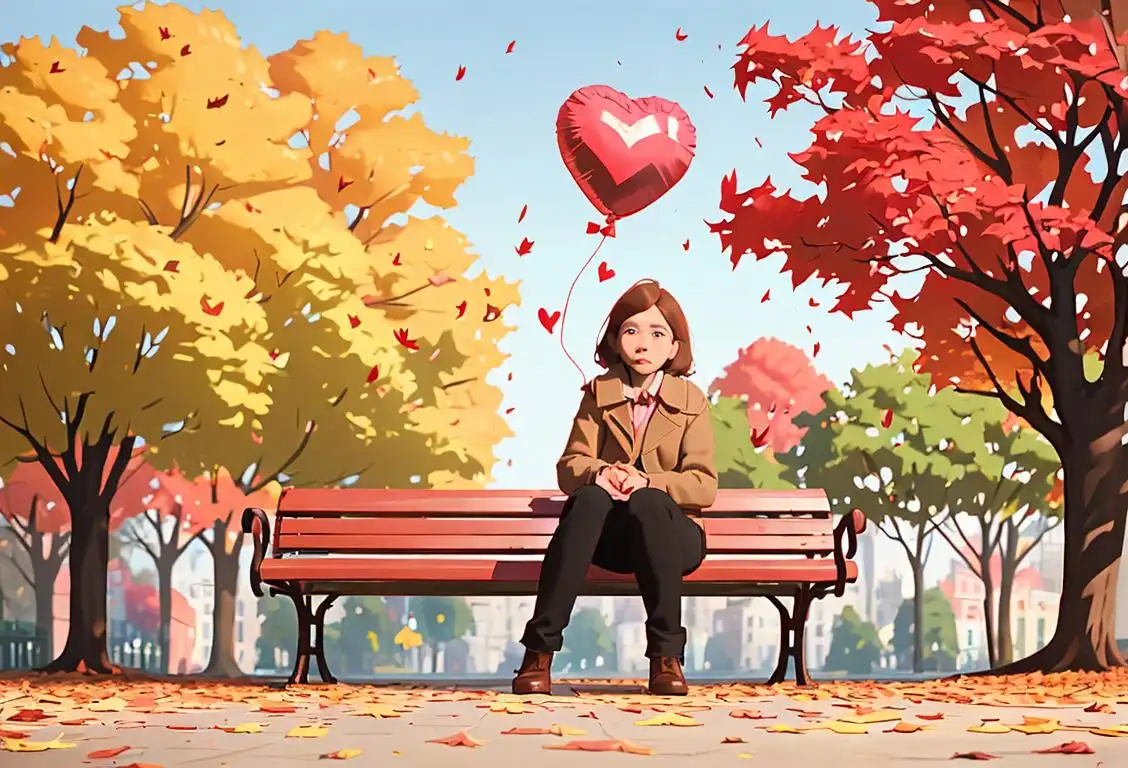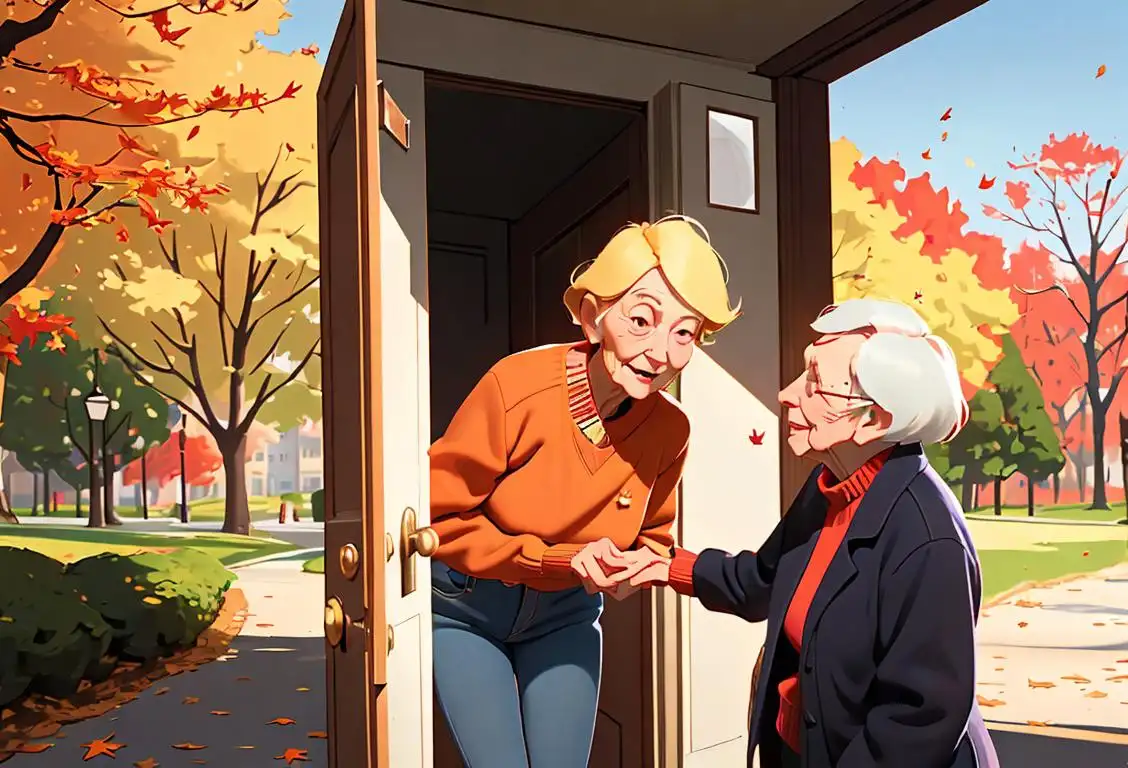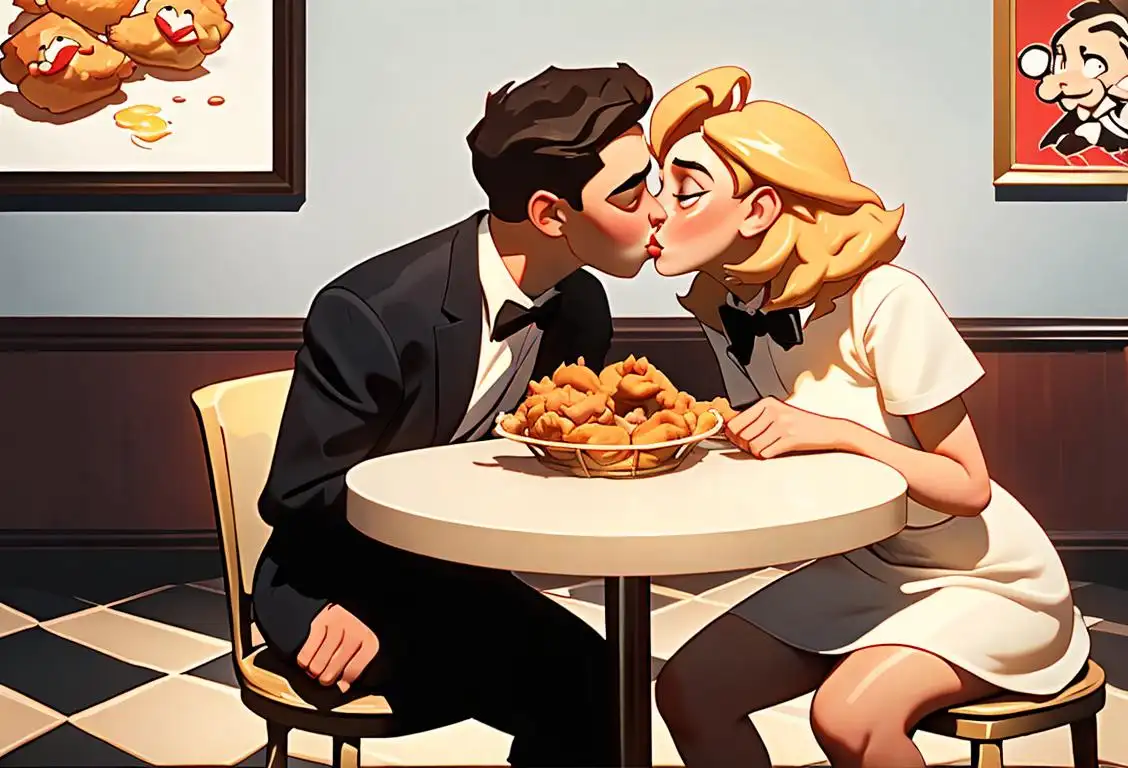National Broken Heart Day

Welcome to National Broken Heart Day! Grab some tissues and brace yourself for a heart-wrenching ride through the annals of internet history. This is the one day a year where we embrace the anguish, sorrow, and heartbreak that love can sometimes bring. But fear not, for in the midst of heartache, we'll also sprinkle in some lighthearted moments to help mend those shattered souls.
When is Broken Heart Day?
It's national broken heart day on the 28th July.
The Origins of National Broken Heart Day
Do you remember your first heartbreak? That crushing feeling when love didn't go as planned; it felt like the world was ending. Well, on this day, we commemorate all those late-night sob sessions and heartache-induced ice cream binges.
While there isn't an official internet history behind National Broken Heart Day, it gained popularity through social media, with broken-hearted individuals sharing their stories, quotes, and songs to express their pain. It's a day to let it all out and acknowledge the sometimes bumpy road love takes us on.
How to Observe National Broken Heart Day
So, how can you mark this emotionally charged day? Here are a few ideas:
- Embrace your favorite sad songs and have a good cry. Bawling to the tune of a heart-wrenching ballad can be surprisingly therapeutic.
- Watch a tearjerker movie. Cue up "The Notebook" or any film that guarantees the waterworks.
- Share your broken heart tale on social media using the hashtag #NationalBrokenHeartDay. Connect with others who understand your pain.
- Give yourself some self-love. Treat yourself to a spa day or a night out with friends. Healing begins with self-care.
Remember, National Broken Heart Day isn't just about dwelling on the past—it's about acknowledging the pain and allowing yourself the space to heal and move forward.
History behind the term 'Broken Heart'
1375
Heart as a symbol of love
The heart symbol became widely associated with love and emotions during the late medieval period. It is believed that the concept of a broken heart, as a metaphor for emotional pain and heartache, originates from this time.
1593
The Use of 'Broken Heart' in Shakespearean Era
The term 'broken heart' first appeared in William Shakespeare's play 'Henry VI, Part III' in 1593. In Act II, Scene V, Queen Margaret, grieving the loss of her husband, utters the famous line 'The lion dies, but doth not yield his heart.' This line is often interpreted as a reference to a broken heart, signifying deep emotional pain and distress.
1745
The Medical Concept of 'Broken Heart Syndrome'
In 1745, a Scottish physician named William Heberden described a medical condition called 'broken heart syndrome.' He observed that intense emotional distress, such as the death of a loved one, could lead to symptoms resembling a heart attack. Heberden's concept highlighted the profound impact of emotional stress on the physical health of the heart, giving rise to the association between heartache and heart-related symptoms.
1590
Shakespeare's influence
In the late 16th century, William Shakespeare popularized the expression 'broken heart' in his play 'Romeo and Juliet.' The tragic love story of the young star-crossed lovers resonated with audiences, further cementing the idea of a broken heart as a symbol of intense grief.
1915
Psychological Understanding of 'Broken Heart'
In 1915, Sigmund Freud, the renowned psychologist, introduced the term 'heartbreak' as a psychological concept. Freud emphasized the psychological trauma caused by the loss of a loved one and its impact on an individual's emotional well-being. This marked a significant shift in understanding 'broken heart' from solely a physical phenomenon to encompass its psychological aspects as well.
1837
Victorian era sentimentalism
During the Victorian era, sentimentalism reached its peak. The romantic ideals of the time often depicted the 'broken heart' as a result of lost love or unrequited love. This sentiment was often expressed in literature, poetry, and art.
1970
Popularization of 'Broken Heart' in Music
During the 1970s, the term 'broken heart' gained popularity in music, becoming a recurring theme in various genres. Artists like Neil Young, Janis Joplin, and Elton John, among others, composed songs that explored the anguish and pain associated with heartbreak. This cultural phenomenon further solidified the term's association with emotional devastation and heartache.
1915
Modern psychological understanding
Sigmund Freud, the influential Austrian psychoanalyst, recognized the concept of a 'broken heart' in his work. He associated the emotional pain of heartbreak with feelings of loss, grief, and longing. This psychological understanding added a new dimension to the metaphor.
2004
Broken Heart Tattoos and Symbolism
In recent years, the broken heart symbol has become prominent in tattoo culture. Representing heartbreak and loss, the broken heart tattoo has become a way for individuals to express their experiences of emotional pain visually. With its roots in ancient folklore and contemporary symbolism, the broken heart continues to serve as a powerful representation of heartbreak and the resilience of the human spirit.
1960s
Popularization in music and culture
The term 'broken heart' became widely used in popular music during the 1960s. Emotional ballads and love songs resonated with audiences, making heartbreak a common theme. The phrase also made its way into everyday language and continues to be a recognized expression of emotional distress.
2020
Digital age and virtual heartbreak
In the digital age, where relationships and communication often involve technology, the concept of a 'broken heart' has expanded to include virtual heartbreak. The internet and social media platforms have created new forms of emotional pain, such as online breakups and the end of long-distance relationships.
Did you know?
Did you know that heartbreak can feel as painful as physical injury? Studies have shown that rejection activates the same brain regions as physical pain. So, the next time someone tells you to "just get over it," remind them that your heartache is real!Tagged
romance awareness funFirst identified
25th June 2017Most mentioned on
28th July 2020Total mentions
648Other days
Suicide Prevention Month Day
Iloveyou Day
Happiness Day
Do Something Nice Day
Compliment Day
Single Ppl Day
Dance Day
Honesty Day
Kiss A Ginger Day
Kissing Fried Chicken Day









